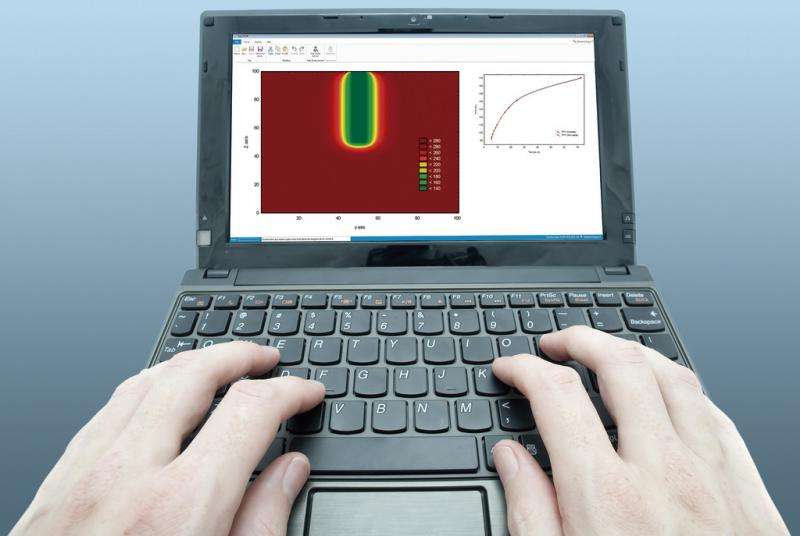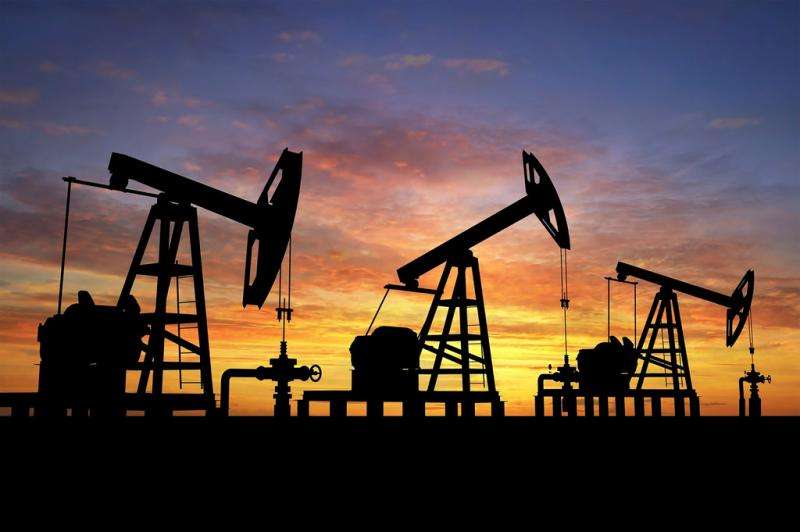In order to determine in detail the underground temperature for the utilization of geothermal energy, researchers at the Institute for Renewable Energy (IER) of the National University of Mexico (UNAM) designed and developed software that determines the thermal diffusivity of the subsoil, i.e., how fast heat is transferred through the rocks without removing them from the ground.
This tool obtains in situ data with temperature measurements from the shaft in 36 hours. The thermal history is reconstructed from the start of drilling, during and in recovery. Various parameters can be determined such as heat flux, cementation processes, or the viability of exploiting the geothermal resources.
Dr. Jorge Wong, project leader, explained that the so-called "simulator to determine the formation diffusivity at the bottom of geothermal wells," developed since 2013, works as a start module with the polynomial rational method, patented in 2015 by its inventors.
Mechanics of the simulator
In context, to exploit energy from underground, the thermal behavior must be determined. Usually, wells are perforated for exploration, and subsurface rocks are extracted and sent to a laboratory for thermal property analysis; however, during the extraction and transfer, conditions change. With this new tool, researchers can determine the characteristics of the rocks without removing them from the ground.
"During drilling, we do not know what we will find regarding thermal conditions. Usually there are abnormal temperature changes—at three or four kilometers, the temperature can be higher that 200 degrees Celsius. So at the end of the drilling process, the sludge that was used has cooled the underground. To know its original temperature, we need to wait for its recovery, becoming a nonviable process of wasted time and money," the researcher said.
Therefore, this development simulates the drilling process and heat recovery proposing a diffusivity value, with these results, the team compares the data measured to achieve recovery until its calibration, thereby determining subsurface diffusivity.
Thus, compared to the weeks or months it takes for the laboratory analysis, this simulator, shows a thermal history of the site in a short time away from the field. Using only the values of initial temperature, it can obtain results with a margin of error of less than 3 percent.
With further development, the simulator will detail the thermophysical subsurface conditions in order to define processes involved in the exploitation of hydrothermal geothermal systems, including even hot dry rock.
"We work on improving the simulator in terms of speed, all this as technology advances. Our goal is that we can contribute our expertise in the development of geothermal energy in Mexico, important area in the exploitation of the geothermal resource worldwide," said Dr. Wong.
Provided by Investigación y Desarrollo

























